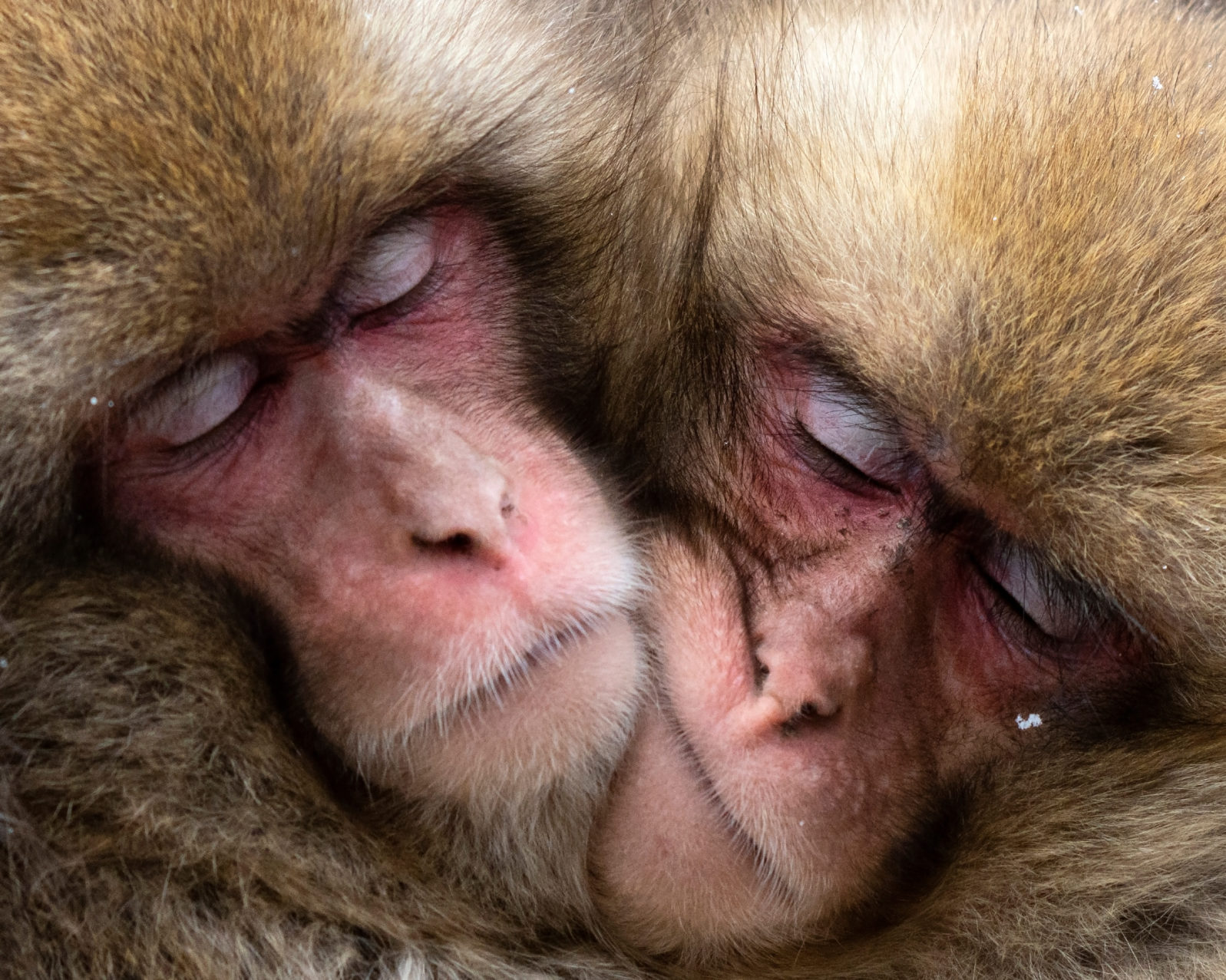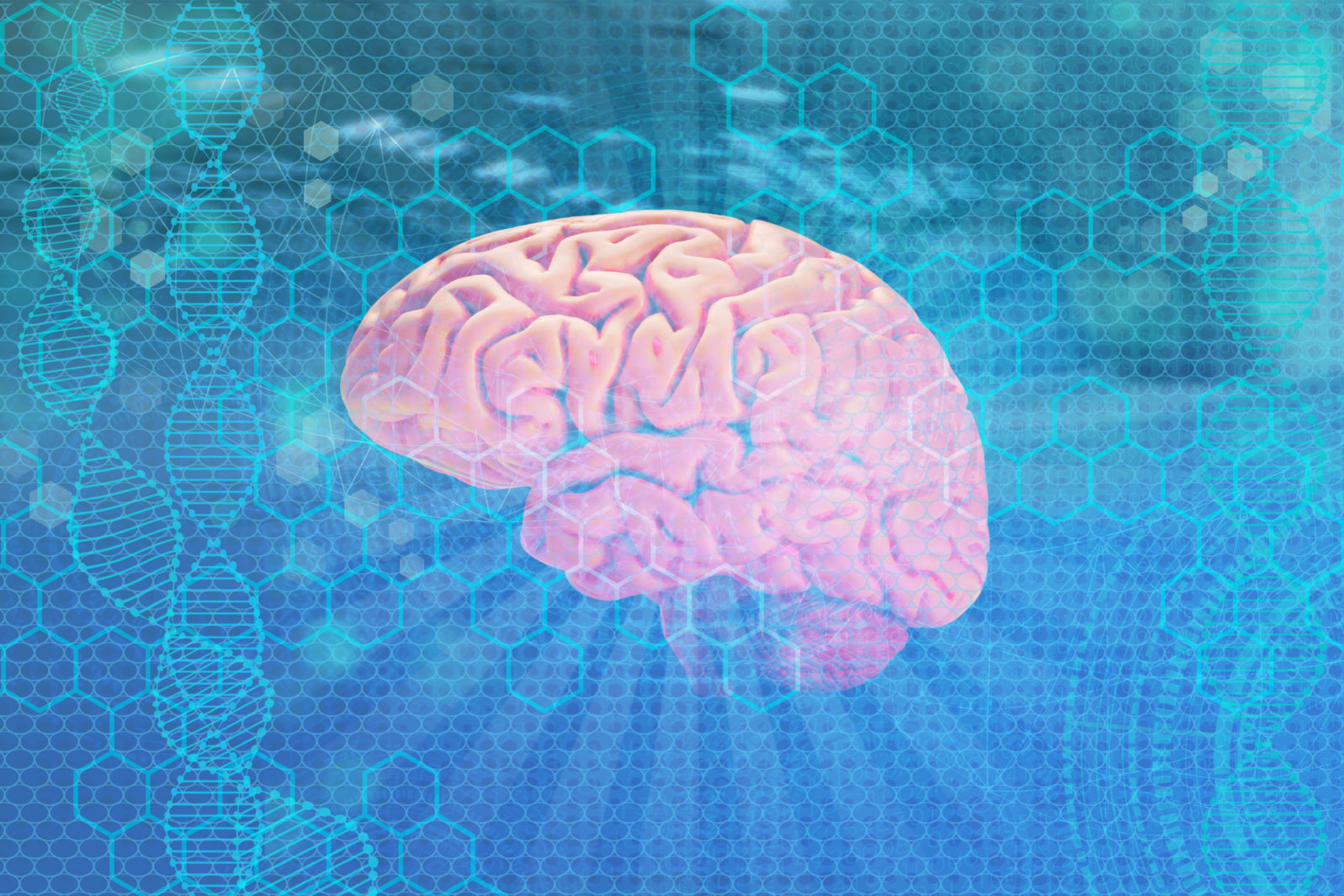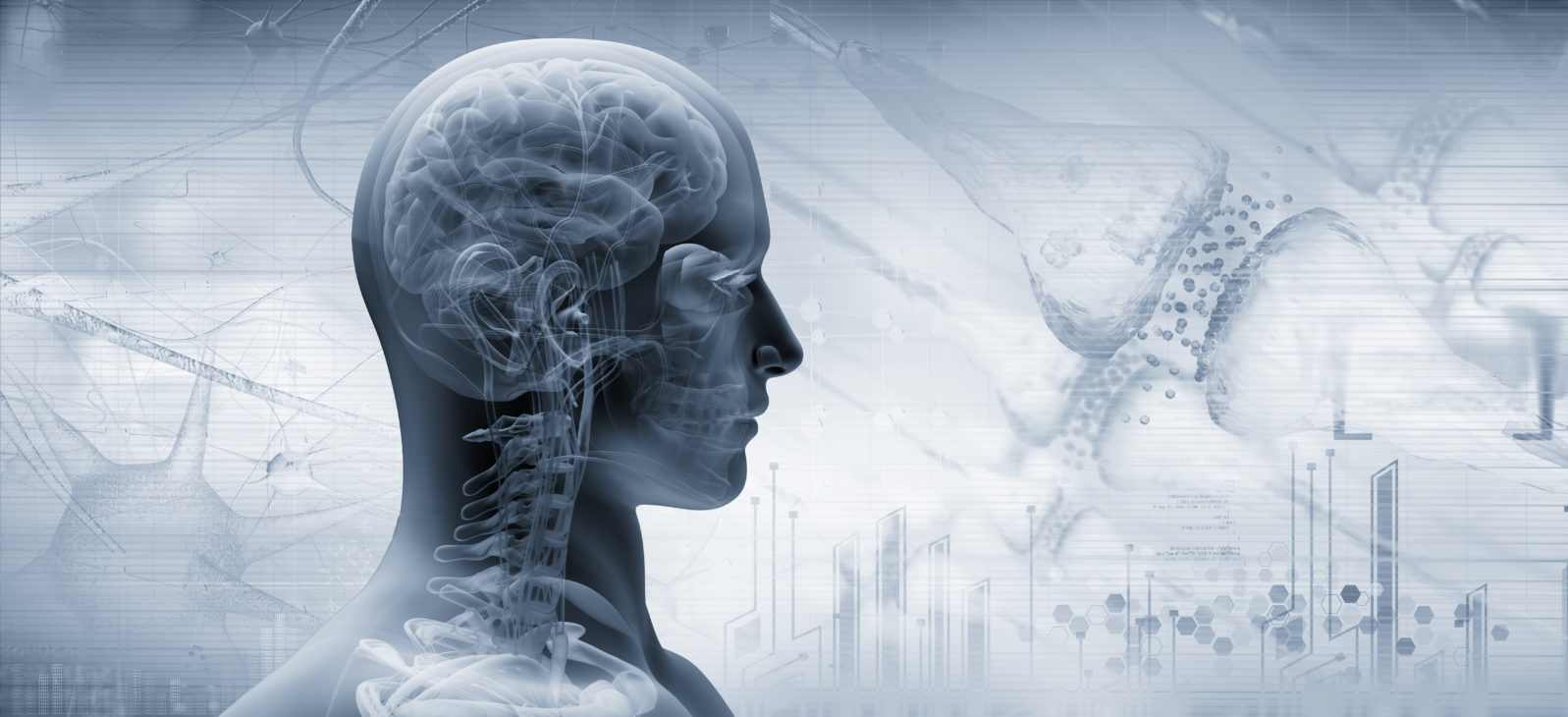Researchers: Humans Process Information Differently From Monkeys
In a paper at Nature Neuroscience, researchers reported on human vs. macaque brains on input/output systems and synergy between regionsIn the ongoing research puzzle as to exactly why humans are significantly smarter than other animals, researchers writing in Nature Neuroscience have adopted an information theory approach, describing the human brain as a “distributed information-processing system.” They found that we process information differently from other primates.
Our brain regions for sensory and motor functions use a simple input/output system with high reliability due to high redundancy (repetition). Our eyes duplicate most of each other’s information but that helps ensure that our view of the scene is correct. However, there is a very different way of processing information — synergistic processing — which integrates signals from across a variety of brain networks. This approach is better adapted, the researchers say, to “attention, learning, working memory, social and numerical cognition.” Unlike the visual system, it is not hardwired. It adapts readily to changing circumstances, connecting different networks in different ways at different times.

For their study, decided to compare the workings of macaque monkeys’ brains with those of humans:
We found that synergistic interactions account for a higher proportion of total information flow in the human brain than in the brains of macaque monkeys. In contrast, the brains of both species are equal in terms of how much they rely on redundant information.
However, we also looked specifically at the prefrontal cortex, an area in the front of the brain that supports more advanced cognitive functioning. In macaques, redundant information processing is more prevalent in this region, whereas in humans it is a synergy-heavy area. The paper requires a fee or subscription.
Emmanuel A Stamatakis & Andrea Luppi, David Menon, “What is it about the human brain that makes us smarter than other animals?” at RealClear Science (May 31, 2022) The paper requires a fee or subscription.
Perhaps we should not be surprised that the area of our brain associated with more complex thought patterns also features more instances of the more complex synergistic type of information processing. Exactly how it is managed we don’t know but at least we know that that is what we are doing that the macaques are not.
The human brain differs in other ways as well:
● Human, mouse, and fly brains all use the same basic mechanisms. But human neurons have been found to be more efficient than animal ones, in that they get the job done with fewer ion channels. That was a surprise but one researcher theorizes, “If the brain can save energy by reducing the density of ion channels, it can spend that energy on other neuronal or circuit processes.” We are told, meanwhile, that the human brain has shrunk: “It’s something of a well-known secret among anthropologists: Based on measurements of skulls, the average brain volume of Homo sapiens has reportedly decreased by roughly 10 percent in the past 40,000 years.” Of course, if the system were becoming more inwardly complex, it might require less space and equipment, not more.

● We are still discovering intricate systems in the human brain, for example, a new communications network (“high-frequency oscillations over 100 Hertz synchronize across several brain regions”). Another new find: The cuneate nucleus at the join between the head and the neck carries on active communication with the spine and the prefrontal cortex. The little-understood white matter turns out not to be useless (“comprised of many billions of axons, which are like long cables that carry electrical signals. Think of them as elongated tails that act as extensions of the neurons.”) Some think it is part of the reason for human’s superior cognitive abilities.
The human brain also has its own, recently discovered, anti-inflammatory system, separate from the usual one produced in the bones. It is housed in tunnels that connect the scalp to the brain. Other mammals share some of these features but they are likely to be most complex in the human.
Also, the human brain is quite orderly: “his results came as a complete shock. “I was expecting it to be a pure mess,” he says. Instead, he found a regular criss-cross pattern like the interlocking fibres of a piece of cloth. …”
● The human brain has been called the most complex thing in the known universe: “Astronomist Carl Sagan said: “The total number of stars in the universe is greater than all the grains of sand on all the beaches on planet earth.” We are talking about ten sextillion stars, a 1 followed by 22 zeros (1×1022 ). In size, the universe studied ranges, according to estimates, between 13 and 48 million light years. In comparison, the human brain has approximately 1×10¹¹ neurons that interconnect with each other 1×10 11 times (in a changing manner). All this with a weight of around 1.5 kg and a volume of 1,300 cubic centimeters.”

● Some have pointed out that the human brain and the universe are remarkably similar, including “The human brain functions thanks to its wide neuronal network that is deemed to contain approximately 69 billion neurons. On the other hand, the observable universe is composed of a cosmic web of at least 100 billion galaxies. Within both systems, only 30% of their masses are composed of galaxies and neurons. Within both systems, galaxies and neurons arrange themselves in long filaments or nodes between the filaments. Finally, within both systems, 70% of the distribution of mass or energy is composed of components playing an apparently passive role: water in the brain and dark energy in the observable Universe.”
● Despite all that, it was recently reported that a woman who is missing key language part of her brain scored 98% in a vocabulary test. Her story and a number of others suggest that human consciousness may not even be as firmly tied to the brain as we might have expected.
At RealClearScience, study authors Emmanuel A Stamatakis, Andrea Luppi, and David Menon acknowledge that there are no definitive answers about what makes human brains unique. But they think that looking at brain regions’ function in terms of information theory will continue to yield insights.
Although some thinkers routinely rant against human exceptionalism, citing impressive feats of trained chimps and dolphins, there is no getting away from human exceptionalism. We are just different, however one wants to account for it.
You may also wish to read: Information theory: Evolution as the transfer of information. Information follows different rules from matter and energy, which might change the way we see evolution. A pair of researchers have introduced an Information Continuum Model of Evolution (ICM) which takes into account that information is immaterial. The paper is open access.
